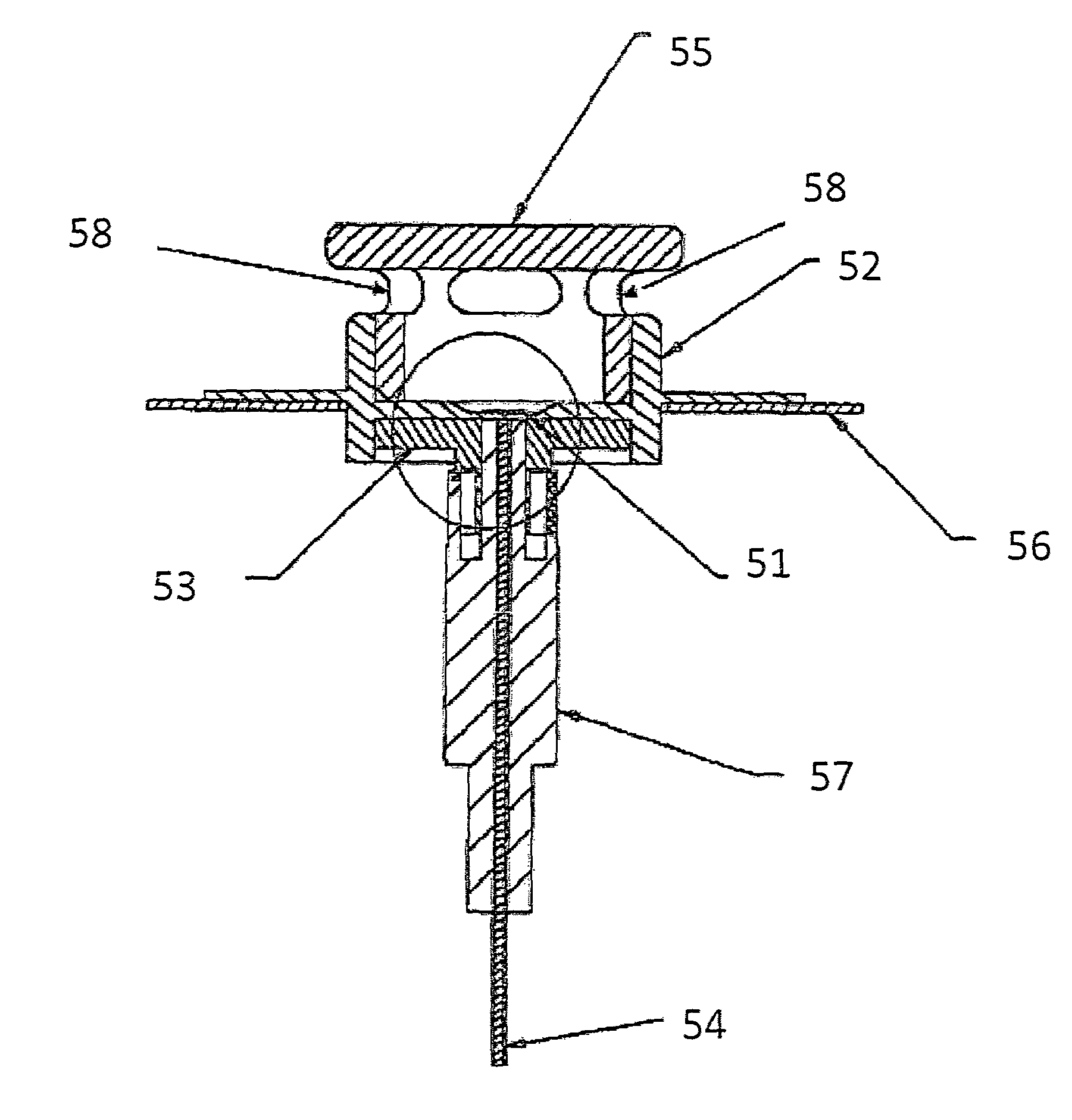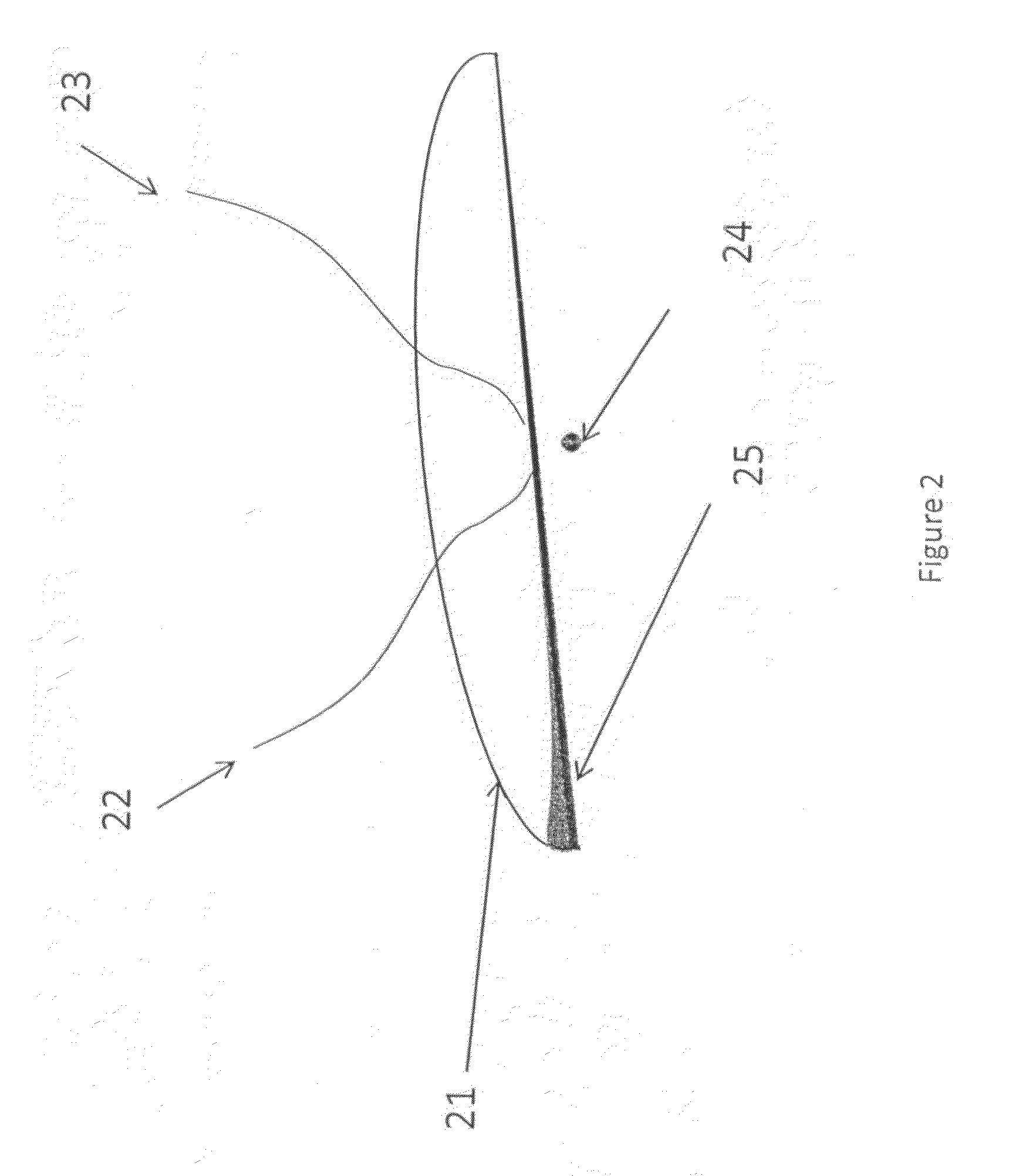Composite sensor assemblies for single use bioreactors
a bioreactor and sensor technology, applied in biomass after-treatment, instruments, investigating moving fluids/granular solids, etc., can solve the problems of large initial investment, large time and expense required to construct such bio-process systems, and substantial infrastructure required to implement facilities using traditional glass/steel bioreactors
- Summary
- Abstract
- Description
- Claims
- Application Information
AI Technical Summary
Benefits of technology
Problems solved by technology
Method used
Image
Examples
Embodiment Construction
[0027]The fiber optic based fluorescence sensors currently used in single-use bioreactors are known to suffer from a number of limitations including the following:[0028]1. Accelerated photo-degradation leading to limited lifetime and / or measuring accuracy / capacity;[0029]2. Sensitivity to ambient light;[0030]3. Sensitivity to movement or physical perturbation.
[0031]Stirred tank single-use bioreactor liners currently utilize ports configured, for example, as shown in FIGS. 3 and 4 to introduce sensors and / or sampling systems. However, these ports limit the form factor and shape of the sensor that can be utilized.
[0032]In the specific case of rocker type single-use bags, the fiber optic based sensors suffer significant limitations due to the method by which they are introduced into the bag. As shown in FIG. 2, the DO (dissolved oxygen) and pH fluorescent sensor spots are attached to the end of fiber optic assemblies 22 and 23. These fibers are introduced through the wall of the rocker ...
PUM
| Property | Measurement | Unit |
|---|---|---|
| diameter | aaaaa | aaaaa |
| thick | aaaaa | aaaaa |
| thick | aaaaa | aaaaa |
Abstract
Description
Claims
Application Information
 Login to View More
Login to View More - R&D
- Intellectual Property
- Life Sciences
- Materials
- Tech Scout
- Unparalleled Data Quality
- Higher Quality Content
- 60% Fewer Hallucinations
Browse by: Latest US Patents, China's latest patents, Technical Efficacy Thesaurus, Application Domain, Technology Topic, Popular Technical Reports.
© 2025 PatSnap. All rights reserved.Legal|Privacy policy|Modern Slavery Act Transparency Statement|Sitemap|About US| Contact US: help@patsnap.com



